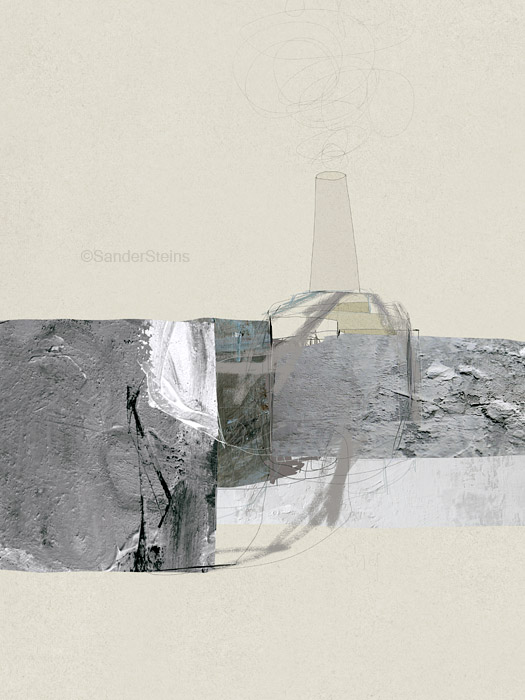::
::
‘Form #16’
120 x 156 cm
C-Print
2004
::
::
‘Halle rot-grau #2’
100 x 133 cm
C-Print
2002
::
::
‘Halle rot-grau #1’
100 x 133 cm
C-Print
2001
::
::
‘Form #14’
120 x 160 cm
C-Print
2004
::
::
‘Rot-blau’
100 x 142 cm
C-Print
2004
::
::
‘Blau-rot’
100 x 133 cm
C-Print
2001
::
Josef Schulz is a “photographer” of modern warehouses and factories – trite industrial buildings that nobody would want to consider to be of any major architectural interest. All over the world these buildings are mass-produced, built for all kinds of industrial production processes using identical plans and blueprints. Their exteriors offer no hint whatsoever of the specific purposes for which they are used, their facades vary only in terms of the materials selected – all of them pre-fabricated, such as slabs of concrete, corrugated sheet metal and other cheap building materials. Josef Schulz does not aim at exposing this architecture in any way nor does he want to venture into a critical analysis of its appearance. He simply uses the photographs of the buildings to study the grammar of his trade. Schulz starts by taking traditional photographs of the halls, storage facilities and industrial structures with large sized photographic plates. Using digital image processing, the analogue picture produced is then “cleansed” of the few remaining hints that point to the age, location or environment of the buildings…
All details that might possibly allow conclusions concerning the actual size, users, time or place of the buildings are completely removed. The physical reality of the buildings is changed in such a way that they seem to become virtual blueprints designed to perfection. Schulz focuses on colours and shapes reducing them to simple block-like structures. Particular emphasis is given to symmetries, colour contrasts and the overall structure of the image: they thus become dominant components of the picture. The buildings now resemble toy architecture; and suddenly appear to be benign counterparts of themselves. He uses this type of processing to eliminate the gap between “photographic” and “painted” reality for the benefit of optimizing the picture. He reverses the photographic process by reducing the physical buildings to their design concepts and the photographically “real” picture to its original “virtual” one. Schulz thus opts for an approach that is diametrically opposed to that of producers of digital images – to make the rendering of artificial pictures appear as real as possible. The viewer is somewhat confused: he seems to recognize parts that appear to be authentic without being able to distinguish whether they were truly located before the camera or generated with the tools of digital image processing. By doing so, he distances himself from the “objectivity” of photography and shows that pictures are always the construct of the visual power of imagination of the artist. – [Extract]
::
::
































